Human capital refers to the collective skills, knowledge, and experience possessed by individuals, which are pivotal in influencing productivity and driving economic growth. This form of capital encompasses education, training, and the expertise gained through work experiences, all of which enhance an individual’s ability to contribute effectively in the workplace. Organizations that invest in developing their human capital often experience increased efficiency, innovation, and adaptability, leading to improved performance and competitiveness. Furthermore, a highly skilled workforce not only boosts individual earning potential but also contributes to overall economic prosperity, making human capital a vital asset for both businesses and economies. In general, capital can be a measurement of wealth and also a resource that provides for increasing wealth through direct investment or capital project investments.
Role in Business Operations and Growth
By examining various forms of capital—such as financial, physical, and human capital—they can assess how these investments influence economic cycles, including periods of expansion and contraction. With sufficient capital, companies can purchase equipment, hire skilled employees, and develop new products or services that enhance what is capital definition their market presence. This investment not only facilitates operational efficiency but also helps businesses stay competitive in an ever-evolving marketplace. Additionally, having access to capital enables firms to respond to economic fluctuations and seize strategic opportunities, such as entering new markets or acquiring other businesses. Debt financing represents a cash capital asset that must be repaid over time through scheduled liabilities.
The following are some examples of the capital a business relies upon to sustain operations and generate profit. Because capital is such a broad term, though, the following list is not all-encompassing. A big brokerage firm like Charles Schwab or Fidelity Investments will allocate considerable trading capital to each of the professionals who trade stocks and other assets for it. Investors may attempt to add to their trading capital by employing a variety of trade optimization methods.
Capital: Definition, How It’s Used, Structure, and Types in Business
Take your business to the next level with seamless global payments, local IBAN accounts, FX services, and more.
Debt capital
While it provides quick access to necessary funds, debt capital also comes with the responsibility of regular repayments, which can affect cash flow and financial planning. Properly managing debt is crucial for maintaining business stability and creditworthiness. In the above formula, current assets are the cash and its equivalents, current liabilities are represented by all debts owed to other people and money invested in stocks or bonds.
What is a business plan?
By effectively managing financial capital, companies can ensure they have the necessary resources to support their strategic objectives and maintain a competitive edge in the marketplace. Capital is the accumulated wealth or resources that are utilized to generate additional wealth. It encompasses various forms, including financial assets, physical goods, and human skills, all of which contribute to productive activities. By investing capital—whether in the form of money, equipment, or education—individuals and businesses can create value, drive economic growth, and enhance their financial stability.
- By staying ahead of market trends, companies can capture new customer segments and drive revenue growth.
- Capital investment also can be found in the quarterly gross domestic product (GDP) report.
- Working capital represents the difference between a company’s current assets, such as cash, accounts receivable, and inventory, and its current liabilities, such as accounts payable and short-term debt.
- Capital most commonly refers to the money used by a business either to meet upcoming expenses, or to invest in new assets and projects.
Capital can be used either to fund day-to-day operations (via working capital), for expanding business or as a set-aside emergency fund to weather economic storms. Thus, anything over 1 suggests the company is in good shape to cover its short-term debts and generally pay its way. Anything under 1 means the company has negative working capital and may well find it hard to meet its obligations in the short term.
When more capital is invested, it typically results in higher economic output, as organizations are better equipped to meet consumer demands, innovate new products, and expand their market reach. Thus, fostering an environment conducive to capital investment is essential for promoting long-term economic health. In broad terms, capital refers to any resource that can generate value or income. This includes not only money but also tangible assets like equipment and buildings, as well as intangible assets such as human skills, knowledge, and intellectual property. Capital plays a crucial role in the production of goods and services, acting as a foundation for business operations and economic activity. Moreover, it facilitates trade and commerce by enabling businesses and individuals to invest in opportunities that create wealth and foster growth across various sectors of the economy.
In a business context, capital allows for the acquisition of necessary tools, hiring of labor, and expansion of operations, while in the economy, it fuels investment, innovation, and development. Both forms of capital are indispensable for sustaining economic activity and ensuring long-term financial health. Capital is a core concept in both economics and finance, representing the resources and assets utilized by individuals, businesses, and governments to generate wealth and sustain various operations.
- If the ROIC of a company is higher than its WACC, this suggests that the company is making returns to investors in excess of its costs, and creating value.
- This not only boosts productivity but also positions them favorably against competitors.
- There are various types of capital derived from either its source, or use cases.
- At the national and global levels, financial capital is analyzed by economists to understand how it is influencing economic growth.
- Therefore, a company is considered to free up its blocked cash swiftly if it has a shorter working capital cycle.
It includes tangible assets, like cash, machinery, equipment, and financial securities. But it also includes intangible property, like data, copyrights, patents, and even goodwill. Managing capital effectively is vital for maintaining financial stability within a business.
Sources of Working Capital
For specific advice about your unique circumstances, consider talking with a qualified professional. Products and services are offered by Capital One, N.A., Member FDIC. We’ve established how working capital can serve as a key indicator of a business’s short-term financial health. But for a more comprehensive view, it’s important to consider working capital alongside other financial metrics. This indicates that the returns generated by the company are higher than the cost of capital required to generate those returns.
Receive all our new resources!
On a global scale, capital is all of the money that is currently in circulation, being exchanged for day-to-day necessities or longer-term wants. However, for financial and business purposes, capital is typically viewed from the perspective of current operations and investments in the future. As a conglomerate, Ana’s company must be very conscious of the cost of capital that they source, and always strive for the ideal cost structure. The money an investor pays for shares of stock in a company becomes equity capital for the business. In addition to financial resources, human resource is crucial for long-term growth. Companies that possess skilled and experienced employees can efficiently utilize financial, material, and natural resources to enhance productivity.
There are various types of capital derived from either its source, or use cases. Money is what’s used to complete the purchase or sale of assets that the company employs to increase its value. The cost of debt is based on the coupon, interest rate, and yield to maturity of the debt. For example, if a company borrows $5 million and must pay $0.5 million in annual interest, its cost of debt would be 10%. Companies may or may not own the natural assets they require to operate.



